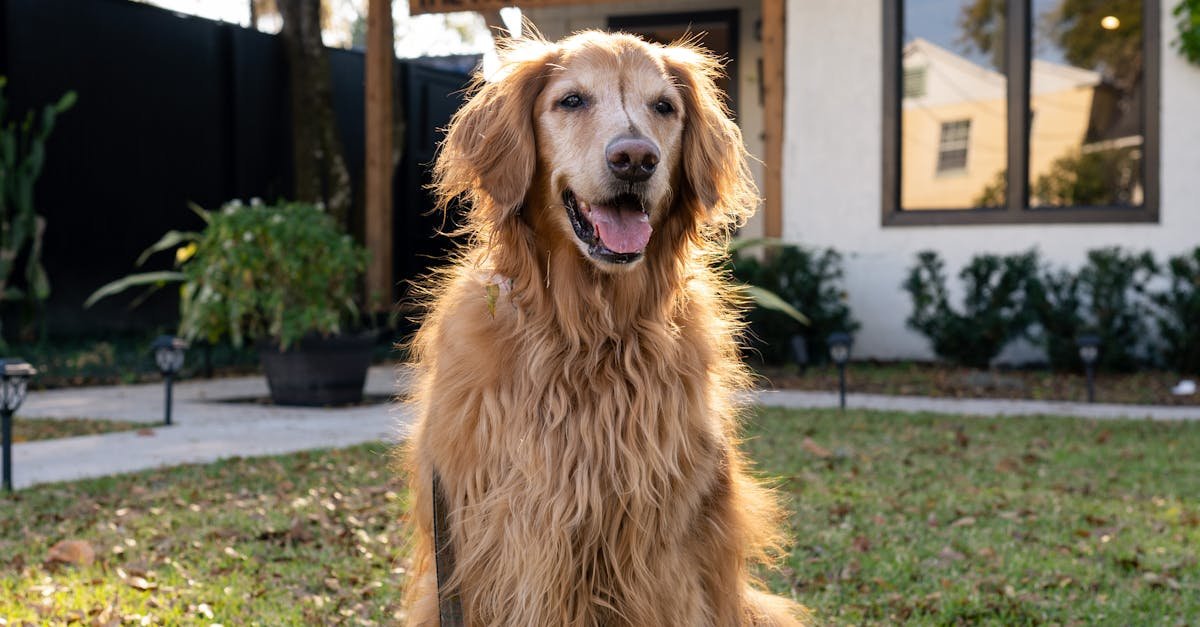
Ultimate Guide to Pet Safety: Securing Your Home Indoors and Outdoors
Estimated reading time: 8 minutes
Pet Safety: Key Takeaways
- Identify high-risk zones in kitchens, living rooms, and bathrooms
- Replace toxic plants with pet-safe alternatives
- Use secure fencing and pet-friendly ground cover outdoors
- Prepare emergency kits with vet-approved supplies
Table of Contents
- 1. Understanding Common Indoor Hazards
- 2. Toxic Plants: Hidden Threats
- 3. Designing a Pet-Safe Backyard
- 4. Emergency Preparedness
- FAQ
1. Understanding Common Indoor Hazards: Pet-Proofing Your Home
Pets explore with their noses and paws, making everyday items potential threats. Let’s break down pet-proofing your home room by room.
High-Risk Zones
- Kitchens:
– Lock cabinets with baby locks to block access to cleaners and toxic foods like chocolate, grapes, and onions
– Use stove knob covers to prevent burns - Living Rooms:
– Cover electrical cords with chew-proof tubing
2. Toxic Plants: Hidden Threats to Pets
Many popular plants are poisonous to pets. Learn which ones to avoid and toxic plant alternatives.
Common Poisonous Plants
- Indoor: Lilies (fatal to cats), sago palms (liver failure risk)
3. Designing a Pet-Safe Backyard
Use these secure fencing solutions to create a fun, risk-free zone.
4. Emergency Preparedness
Microchip your pet and use GPS collars for real-time tracking.
FAQ
What human foods are most dangerous for pets?
Chocolate, xylitol, grapes, and onions can cause organ failure. Always check vet-approved guidelines.
How high should pet fences be?
At least 6 feet tall with buried mesh, as recommended by security experts.
Download Your Free “Pet-Proofing Checklist”
(Link to checklist)
(Link to checklist)
Additional Resources:
Pet Nutrition 101 •
Pet Communication
